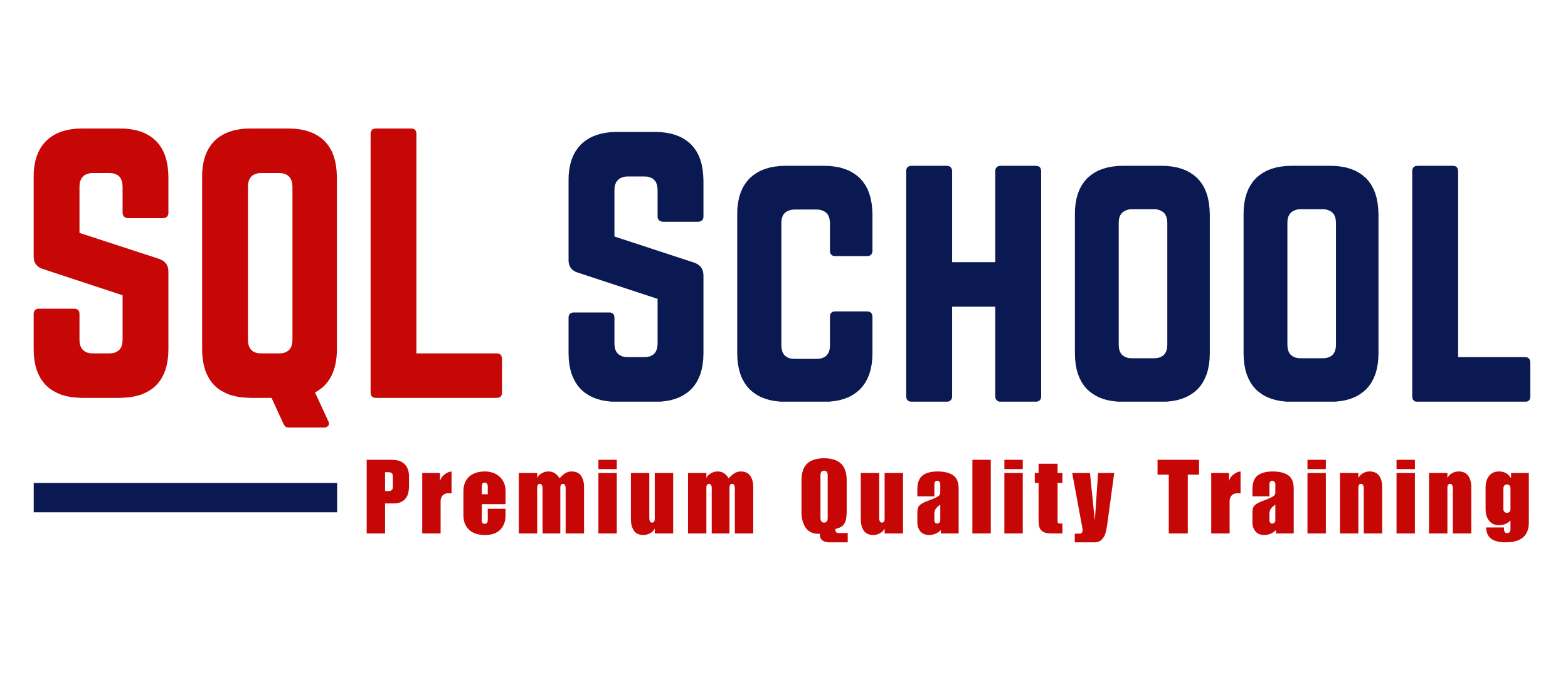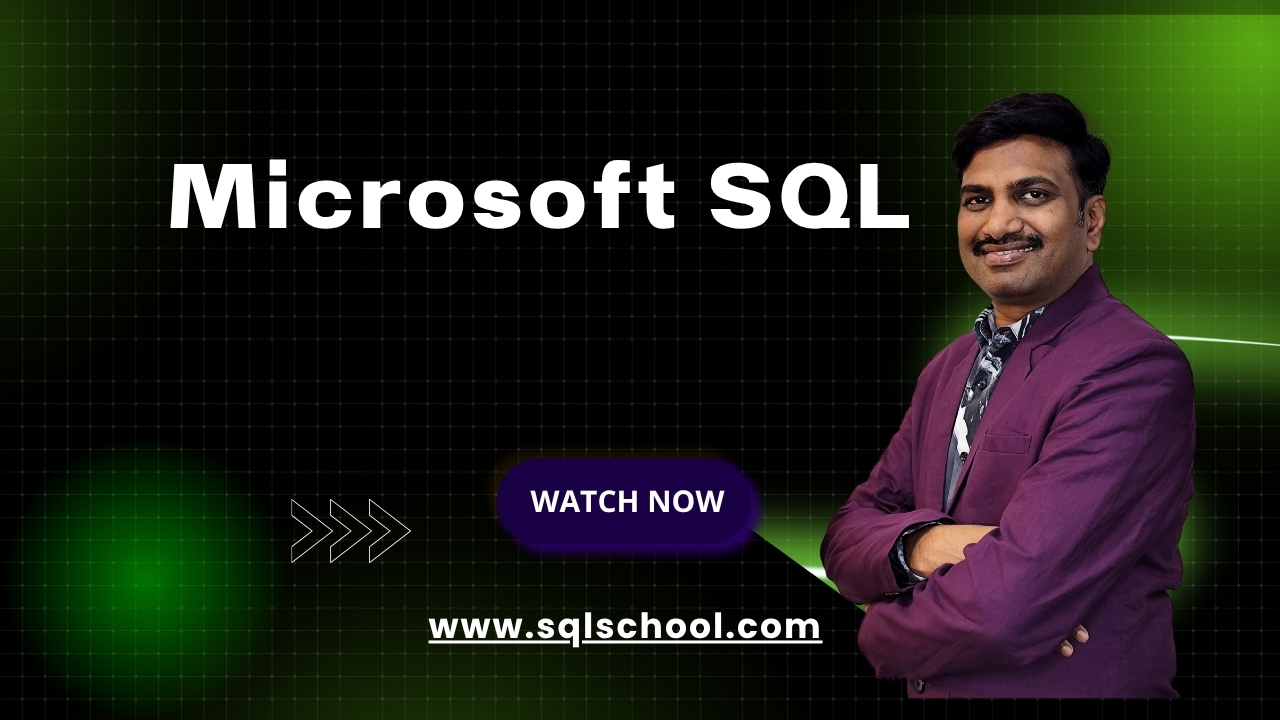Freshers aiming to start a career in database development
Application developers wanting to enhance SQL Server backend skills
Data analysts requiring advanced querying capabilities
IT professionals upskilling for TSQL and SQL Server roles
Anyone passionate about working with databases and data
No prior coding experience is required. All concepts are taught from scratch


















